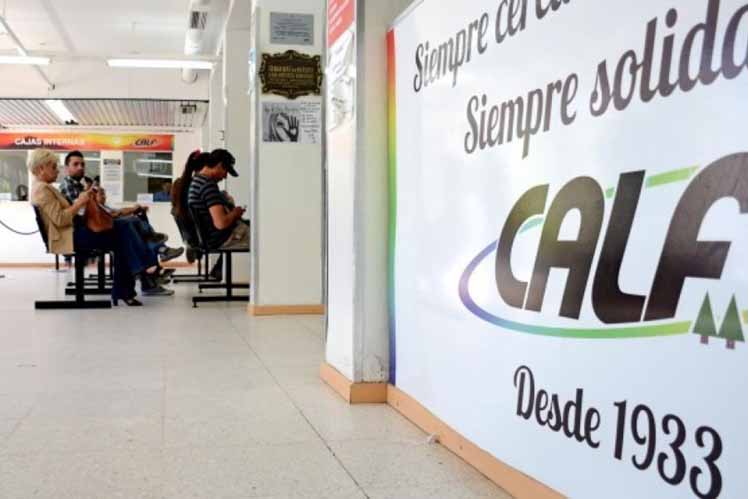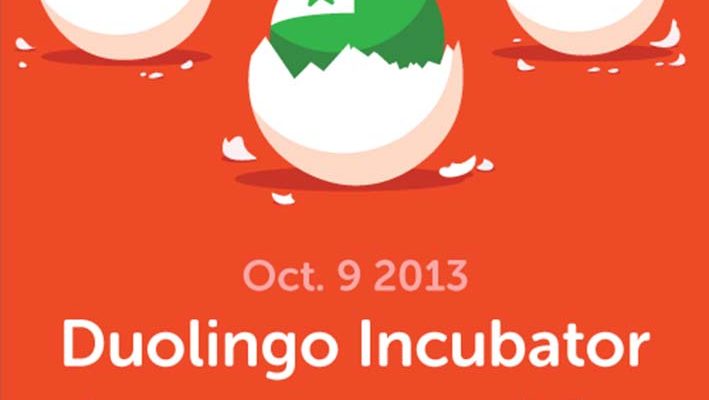From Spanish to German, and even Klingon and Valyrian from Game of Thrones, the Duolingo app has over 300 million people across the world learning new languages.
Soon, Scottish Gaeltic will join the courses available, and it’s hoped that it will pique interest in the language, which has just under 60,000 speakers in Scotland, according to the 2011 Census.
It was announced on Thursday at the Royal National Mod in Glasgow that the course would be launched on the platform in the coming weeks.
It follows huge demand for the language to be added to the free learning app, and the work of a dedicated team of volunteers working in their spare time to get it off the ground.
Contributor Martin Baillie, an architect from Skye, told The Sunday Post: “It’s a great way to make it accessible to people. In the Gaelic world, we’re always talking about small numbers and Duolingo is a great way to raise awareness not just in Scotland but internationally.
“I teach night classes in Gaelic on Skye, and you go along once a week but what do you do in between?
“Duolingo is a great and fun way to do a wee ten minutes revision every day and that makes a huge difference learning a language if you just run over the words.
“You don’t need to get lost in a book, and it helps get it into your long term memory.”
Currently there are more than four million people learning Irish on the app, with 1.2 million signed up for Welsh courses.
“If we could get a number like that learning Scottish Gaelic then it would really show that there’s an interest there,” Martin says.
“It would give a lot of strength to efforts to keep the language alive.”
The Duolingo app was launched in 2011 by Luis von Ahn, a Guatemalan immigrant to the US. It has more than 90 languages on its online service, where users learn words and phrases through various games.
Matching grammar and also speaking or listening to sentences allows them to earn “crowns” and progress their knowledge through a number of levels.
Martin had been involved in the campaign to get Gaelic onto the app for a number of years, which included sending letters to the company, with the issue even being raised in Parliament.
“We’ve really lost sight of what a strong connection Scotland and Scottish culture has to the Gaelic language,” Martin said.
“So much of what we think of as being Scottish like whisky, tartan, music, food, place names, personal names; there are endless things that come from the language.
“It’s a great way to get in touch with our country’s history and open your eyes to see it in full colour. It gives it an extra layer of detail and interest. There’s a huge wealth of reasons to learn it, even today.”
The Duolingo course came together through the platform’s ‘incubator’, where creators could gather their ideas and designs.
Contributors had to apply in both English and Gaelic with the same information, which was checked for accuracy before they were accepted.
There are a number of different roles with a huge amount of work, including deciding what words and phrases to introduce to the learner and at what stage.
“You introduce nine words in the first lesson and nine more in the next and so on,” Martin explains. “You can only create sentences from words you’ve had.
“You’ll get some quirky wee sentences in there at the start, particularly when introducing cultural concepts like Irn Bru!
“There’s plenty to still do but we’ve got a really healthy course to release. The process goes on for years to come. There’ll be user feedback that improves the course constantly.”
Colin Watkins, Duolingo’s UK Country Manager, praised the work of Martin and his fellow contributors in helping to create the course.
“There’s a passionate community out there that was really interested,” he said. “They want Gaelic to thrive and for more people to learn it.
“The course is for people that have maybe never wanted to learn it but can give it a go, or people that want to use it in everyday life.
“All our courses have been created by communities, a passionate group of people who have come together and invested a significant amount of time.”
Duolingo hopes that schools and cultural organisations across Scotland will adopt the platform as an additional tool for learning Gaelic.
Colin said: “We have no real expectations about how many people will want to start the course. We hope that every school in Scotland will encourage children to use it at home. It’s used in 25% of American public schools.
“We’d like cultural organisations to suggest people try it out, alongside traditional ways of learning the language.
“We teach in a different way, it’s more gamified, it’s more fun. It’s complementary to other ways of learning and is a good introduction to a language.”
The launch date is pencilled in for a few weeks’ time, with a sign-up page opening this week.
Duolingo is still looking for contributors who can help boost the course and test it out, particularly native speakers who can also contribute to the audio side.
“If we have a good number of people ready to begin the course when it launches it will get better quicker,” Colin said.
“Having native speakers try out the course and highlight errors helps make it as good as it can be.”
He added: “It’s all been done through our volunteers, those guys have worked at breakneck speed. They give their own time, it’s not their day job. Other courses that have been around longer are not where the Gaelic one is just now.
“We just want people to try it out, have fun learning, and share the course with their friends. We’ve grown to have 300 million learners worldwide through word of mouth.”



